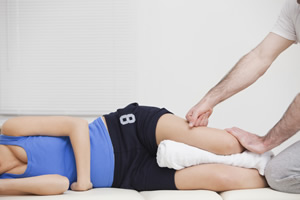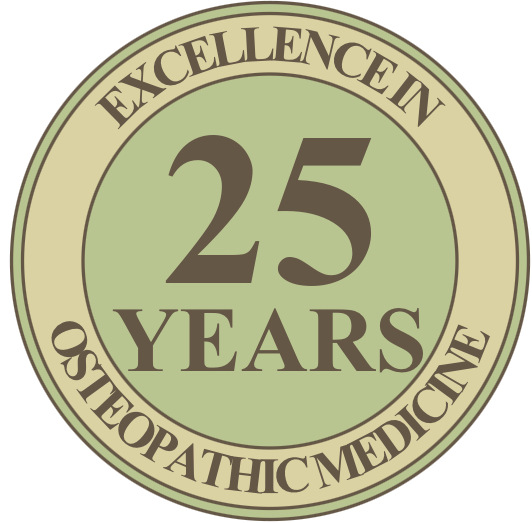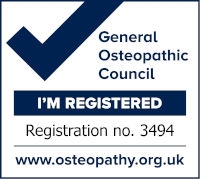Effectiveness of Osteopathic Medicine
 Several large studies in the UK have produced evidence that demonstrates the positive clinical and cost effectiveness of manipulation in the management of lower back pain.
Several large studies in the UK have produced evidence that demonstrates the positive clinical and cost effectiveness of manipulation in the management of lower back pain.
Researching the alleviation of pain is a notoriously difficult subject because of the subjectivity of people’s impressions and the difficulty of organising ‘placebo’ type trials which would involve real and fake treatment.
90% report improvement
In a number of surveys (e.g. by Which), over 90% of people treated by Osteopathy reported that they had been cured or the pain had been alleviated. But even this astonishing figure is not enough to convince sceptics so research has also been done to compare the effectiveness of osteopathy with other treatments.
UK Trial
The best known is the UK BEAM Trial Team "United Kingdom Back Pain, Exercise and Manipulation Randomised Trial: Cost Effectiveness of Physical Treatments for Back Pain in Primary Care." BMJ. 2004 Dec 11;329(7479):1381. Epub 2004 Nov 19.
This study compared the benefits of spinal manipulation and exercise to "best care" in general practice for patients consulting for back pain. 1,287 patients were recruited, divided into treatment groups and followed for more than one year. Patients receiving manipulation and exercise had lower relative treatment costs and received more treatment benefits than those treated with general medical care. The authors believe that this study was able to show convincingly that manipulation alone and manipulation followed by exercise provided cost-effective additions to general practice.
A meta-analysis of six randomized controlled trials of Osteopathy that involved blinded assessments of lower back pain in ambulatory settings found, from computerized bibliographic searches of MEDLINE, EMBASE, MANTIS, OSTMED, and the Cochrane Central Register of Controlled Trials, that Osteopathy significantly reduces lower back pain. It also concluded that the level of pain reduction is greater than expected from placebo effects alone and persists for at least three months.
Faster recovery from neck pain
When it comes to neck pain, the best-known study is Korthals-de Bos I, Hoving J, Van Tulder M, Van Molken R, Ader H, De Vet H, Koes B, Vondeling H, Bouter L. "Primary Care - Cost Effectiveness of Physiotherapy, Manual Therapy and General Practitioner Care for Neck pain: Economic Evaluation Alongside a Randomised Controlled Trial." British Medical Journal 2003; 326: 911.
Patients who saw general practitioners for neck pain were randomly allocated to manual therapy (spinal mobilization), physiotherapy (mainly exercise) or general practitioner care (counselling, education and medication). Throughout this 52-week study, patients rated their perceived recovery, intensity of pain and functional disability. Osteopathy proved to be the most effective treatment for neck pain. The clinical outcome measures showed that osteopathy resulted in faster recovery than physiotherapy and general practitioner care. While achieving this superior outcome, the total costs of the manual therapy-treated patients were about one third of the costs of physiotherapy or general practitioner care.













